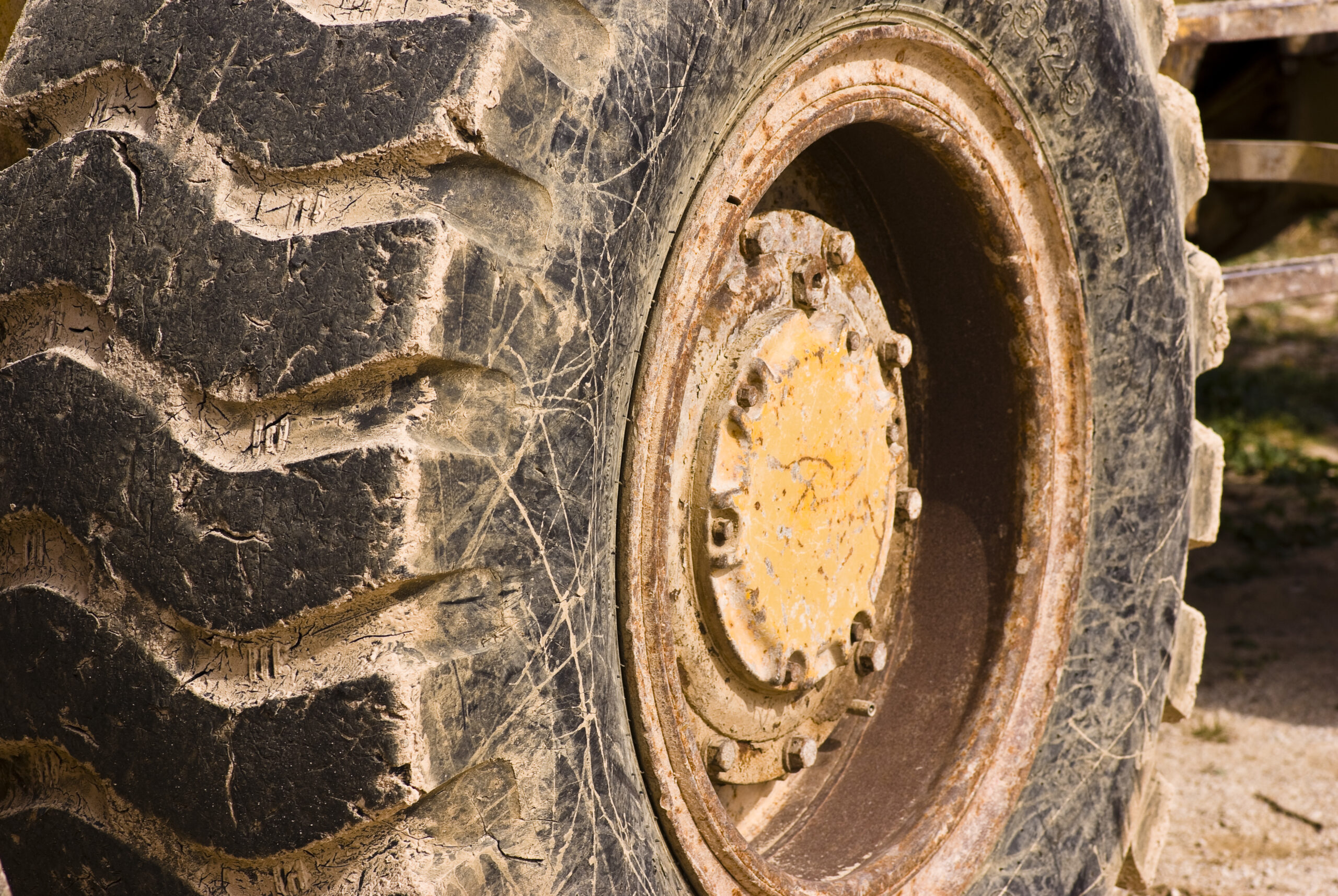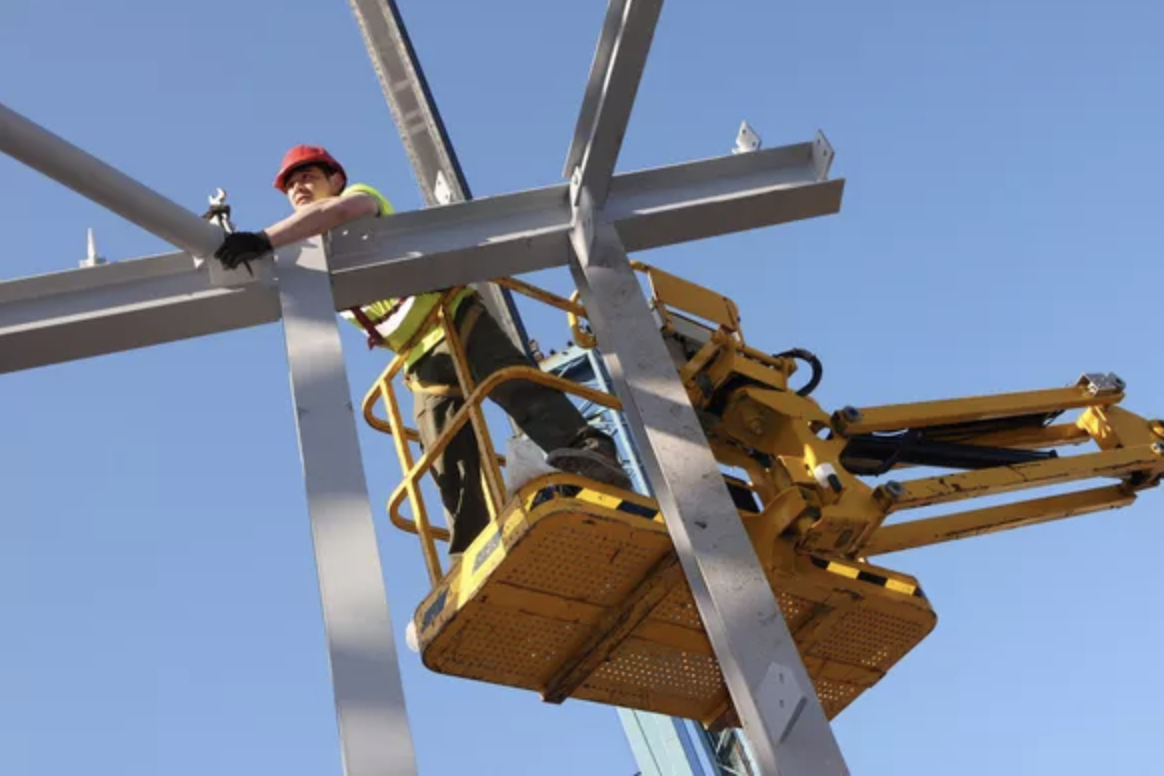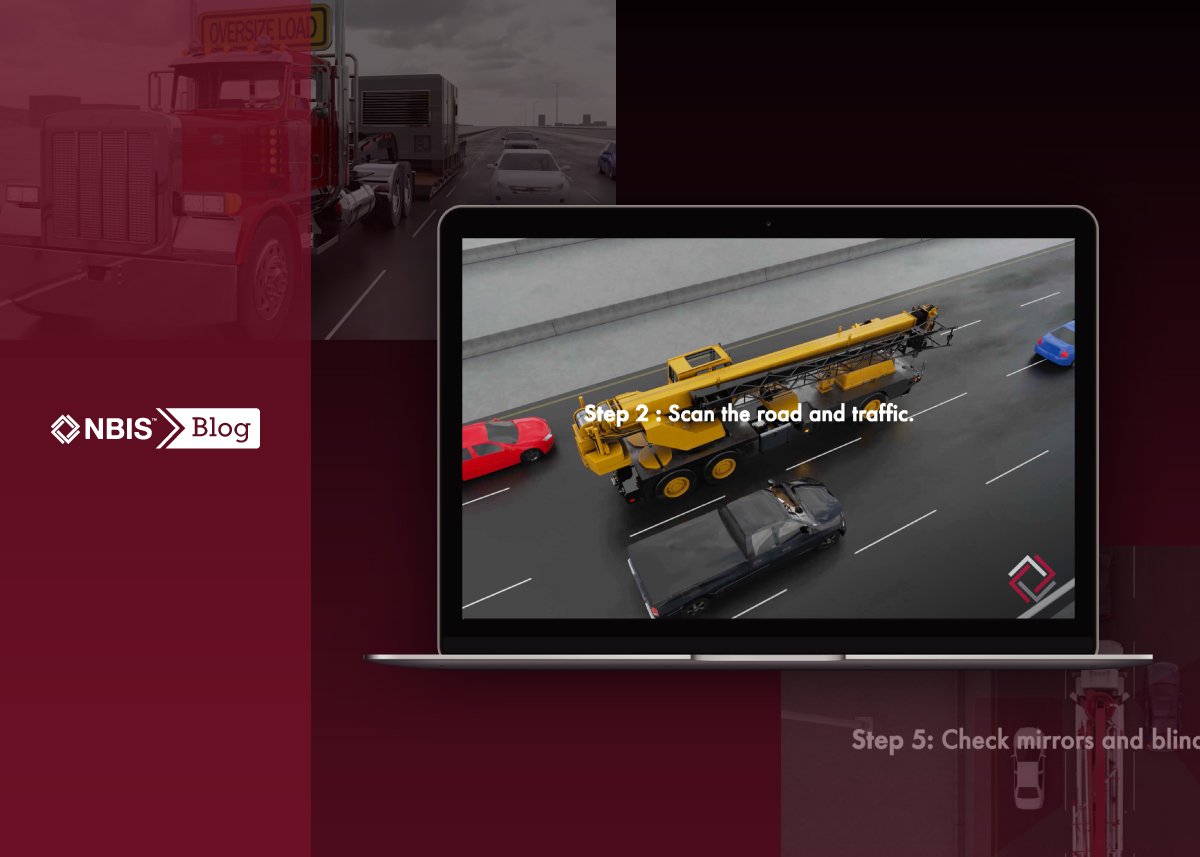Back in October of 2016, the Occupational Safety and Health Administration (OSHA) released a preliminary list of the ten most frequently cited safety and health violations for the fiscal year. The data was compiled from nearly 32,000 inspections of workplaces by federal OSHA staff. On the OSHA blog, where they first reported the list, OSHA said this: “One remarkable thing about the list is that it rarely changes. Year after year, our inspectors see thousands of the same on-the-job hazards, any one of which could result in a fatality or severe injury.”
Construction’s “Fatal Four”:
- Falls — 364 out of 937 total deaths in construction in CY 2015 (38.8%)
- Struck by Object – 90 (9.6%)
- Electrocutions – 81 (8.6%)
- Caught-in/between* – 67 (7.2%) (*This category includes construction workers killed when caught-in or compressed by equipment or objects, and struck, caught, or crushed in collapsing structure, equipment, or material)
Digging even deeper, we can see that the leading causes of private sector worker deaths (excluding highway collisions) in the construction industry were as follows: falls, struck-by-object, electrocution, and caught-in/between. These four causes—known as the “Fatal Four”—were responsible for more than half (64.2%) the construction worker deaths in 2015, according to the Bureau of Labor Statistics. Which brings me to the point I want to spend the rest of this column addressing: the fact that eliminating the “Fatal Four” would save 602 worker lives in America every year.
If there’s one thing that we’ve learned in all the years we’ve spent insuring the heavy construction and transport industry, it’s this: there can never be too much training—and the OSHA data supports it. It’s only by continuing to track the trends we see in data, and then pivoting our training to meet those issues, that we can combat the myriad causes of construction-related injuries and incidents.
So it might come as no surprise NBIS has spent the last few years sifting through OSHA and claims data so we could develop a new training program that gives NBIS policyholders FREE access to over 150 online training courses, some of which line up nicely with the Fatal Four. Not only is the training informative, relevant, and convenient, it’s also designed to help you satisfy your OSHA training requirements. Available online 24/7/365, courses range from ten to 25 minutes in length and are immediately followed by a test to verify what’s been learned.
NBIS Safety Training Topics include: Crane Safety in Construction, which covers recent changes in OSHA regulations, operator certification, equipment inspection, and much more; Rigging Safety, which covers recent changes in OSHA crane safety regulations, the definition of “qualified/competent” riggers and signalers, personal protective equipment (PPE), and much more; Slips, Trips and Falls in Construction, which shows employees the types of situations on construction sites that can lead to slips trips and falls, and what they can do to avoid or prevent these accidents—including topics such as gravity and balance, trips and slips, and walking surfaces; and Driving Defensively, which provides the information employees need to drive cars, vans, and small trucks defensively, both on and off the job, including topics such as dealing with distracted drivers, coping with aggressive drivers, and more.
If your insurance provider is not providing your employees FREE online safety & health training nor driver training – it is time to become an NBIS Policyholder. Contact your agent for an NBIS quote or contact our team of experts for more information on training. 866.668.NBIS #NBIS #BetterInsurance






